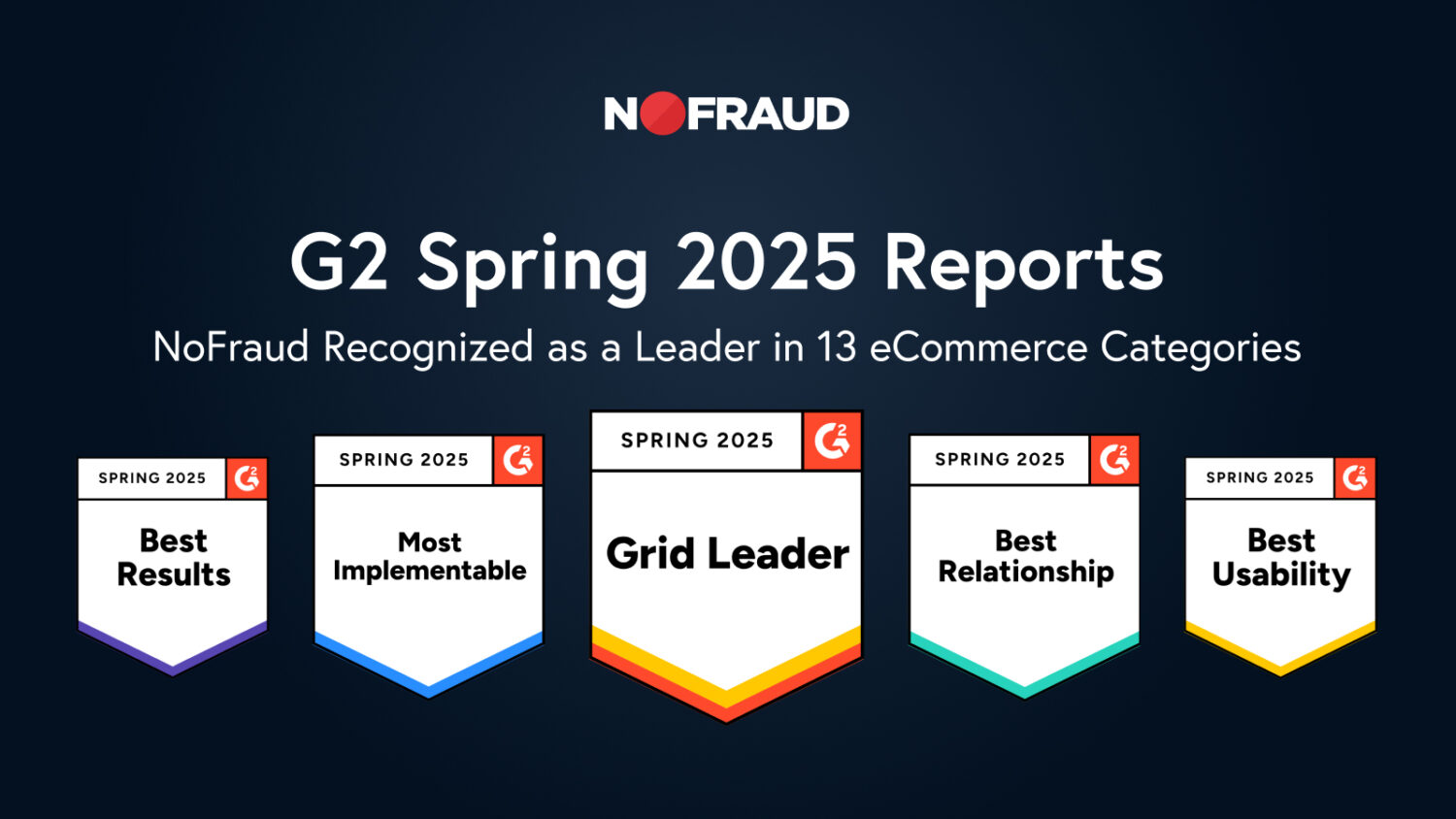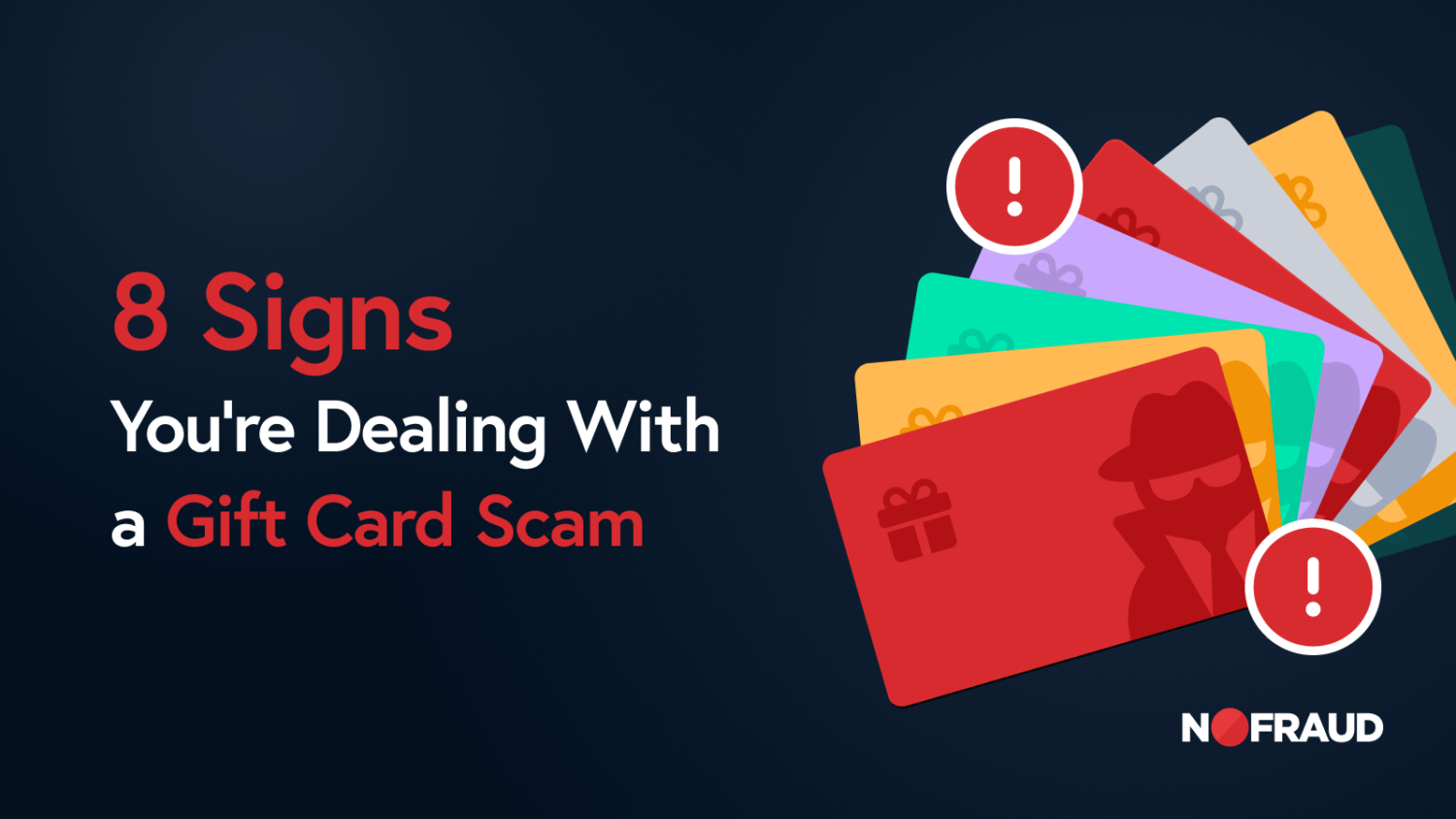Chargebacks happen when a customer disputes a transaction directly with their bank or credit card issuer to reverse the transaction and credit the customer’s account. Instead of contacting the business directly for a refund, chargebacks typically occur when a customer disputes a charge due to fraud, non-receipt of goods or services, or a billing error.
While this may occur because a customer doesn’t recognize the charge or may have forgotten the event, Mastercard reports that up to 80% of chargebacks are due to fraud. An expensive problem for merchants, global chargeback volume is expected to reach $117.47 billion by the end of this year. And the majority of financial losses won’t be tied to the initial sale; rather, the chargeback fees and other related revenue drains will ultimately cost merchants an average of $3.75 for every $1 in sales value.
If a merchant’s chargeback ratios get too high, it can lead to even more penalties — from higher fees to payment service providers declining to do business with you. The good news is that this doesn’t have to be a problem that gets out of control. Here are five ways to prevent chargebacks.
1. Provide Excellent Customer Service
Chargebacks can be a frustrating and challenging experience for businesses. Still, it’s important to remember that providing excellent customer service can help minimize the risk of chargebacks and even turn dissatisfied customers into loyal advocates.
Excellent customer service starts with being responsive and proactive. Respond to customer inquiries, concerns, and complaints promptly and courteously. Provide clear and helpful answers to questions, and offer solutions that meet their needs. Proactively monitor transactions. Be prepared to respond quickly to any disputes and reach out to customers to address any issues before they escalate. Offer refunds or other solutions that can help prevent chargebacks.
Set clear expectations. Communicate with customers throughout the purchasing process, from the initial order to delivery. Provide tracking information and updates on delivery times, and respond quickly to any inquiries or concerns.
Lastly, make sure everyone on your team is aligned and enabled to deliver a consistent customer experience. Train team members on how to handle customer inquiries and complaints effectively. Provide them with tools and resources to help mitigate any potential human error that may negatively impact the customer experience. For example, documented guidelines for specific issues or automated workflows can help ensure customers get a consistent experience from your brand.
2. Create Clear and Accurate Product Descriptions
Creating clear and accurate product descriptions can help reduce the risk of chargebacks. Customers may initiate a chargeback if they receive a product that does not match the description or feel misled about it. A Mastercard study reported that 25% of all transaction disputes could be avoided with better product descriptions and details.
Provide customers with all the necessary information about your products or services so they know what they are getting before they make a purchase. Use descriptive language that accurately describes the product’s features, benefits, and limitations. If the product has any limitations, such as compatibility issues or usage restrictions, clearly state it in the product description.
Avoid using vague or misleading language. Provide detailed specifications about the product, such as dimensions, weight, and materials. Accompany these specs with multiple high-quality photos of the product from different angles. This helps customers better understand the product’s appearance and size and ultimately helps them make informed purchase decisions.
Keep descriptions up-to-date. If there are any changes to products or customers indicate confusion around products, update the descriptions accordingly to avoid any future misunderstandings.
3. Make Billing & Refund Policies Easy to Understand
Making your billing and refund policies easy to understand is crucial in reducing the risk of chargebacks. Customers may initiate a chargeback if they feel they were charged incorrectly or if they don’t understand the terms of your refund policy. Research shows that 12% of cart abandoners leave because they’re unsatisfied with the return policy. To combat this, it’s good to explicitly set expectations by listing your return policy and any other fees at checkout to help reduce chargebacks. This also creates a frictionless checkout experience — customers don’t need to navigate away from checkout to understand your policies.
Keep it clear and straightforward. Use plain language and avoid using technical terms or legal jargon. Clearly state your billing and refund policies on your website and in order confirmation emails. Provide information on what is included in the price, any additional charges, and when payment will be taken.
Be upfront about any fees, charges, or restrictions for refunds or cancellations. Make customers aware of any conditions that may affect their ability to receive a refund. Should customers have questions, make it easy to contact you. Provide clear contact information on your website and in your order confirmation emails. Encourage customers to contact you with questions or concerns about billing or refunds.
Additionally, make your payment methods highly visible. Nine percent of cart abandoners leave because they don’t see enough payment options. Make sure customers are aware of their options early on in their journey and even more, give them plenty of options. Shoppers may not have their card on hand or may not want to pay a lump sum. If you offer other forms of payment that don’t require a card on hand via services like Apple Pay, Paypal, or BNPL options — make them clear to minimize cart abandonment.
4. Analyze Chargeback Trends
Manually tracking chargebacks can be time-consuming and challenging, but it’s also necessary to identify patterns and prevent future chargebacks. Create a system of record to track all chargebacks. Make sure to include information such as the date of the chargeback, the transaction ID, the customer’s name, and the reason for the chargeback. Use chargeback reason codes from the card issuer to categorize and better organize your data.
By keeping a detailed chargeback log, you can more effectively identify patterns and address the root cause of chargebacks. Calculate your chargeback ratio (the percentage of total transactions resulting in chargebacks) and regularly monitor it for unusual activity. A spike in your chargeback ratio could indicate a fraud problem.
Pro tip: Retailers spend an average of 1.8 hours resolving each chargeback — that adds up quickly! If you want to completely eliminate chargeback risk, NoFraud provides a 100% financial guarantee on chargeback protection. (Read: NoFraud Chargeback Protection Policy)
5. Secure & Verify Payment Details
Set your systems up to prevent fraud from happening in the first place. Use secure payment methods that require tokenization or encryption to protect customer data from fraud. Implement 3D Secure, a protocol that adds an extra layer of security to online transactions to reduce the risk of fraudulent chargebacks.
Implement Address Verification System (AVS) and Card Verification Value (CVV) checks to verify the authenticity of the payment details provided by the customer. Also, verify customer information, such as billing and shipping addresses, and ensure that the data matches the information provided by the customer.
Pro tip: 4% of cart abandoners leave if their credit card is declined. Don’t leave revenue on the table by declining good orders. Set your checkout to dynamically verify identity beyond AVS or CVV matching. Dynamic checkout experiences enable customers to checkout up to 5x faster while boosting conversion and reducing fraud risk.
By adding extra layers of security, prioritizing customer service excellence, and clearly communicating your offerings and policies, you are ultimately building the ideal, fuss-free customer experience; customer data gets protected, and their expectations match the products received. And if a chargeback does occur, your system of record will have you better equipped to handle it and can resolve the issue without having to resort to a chargeback dispute.



